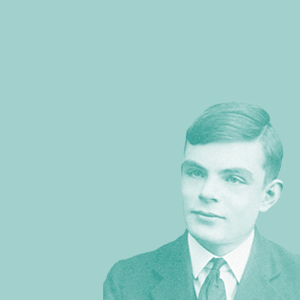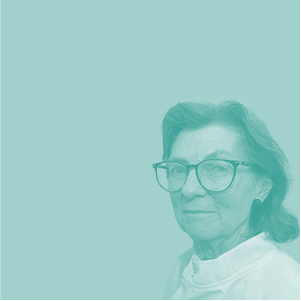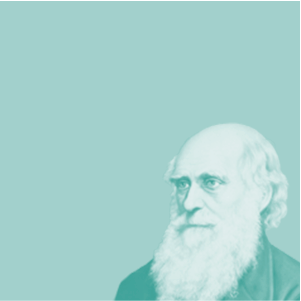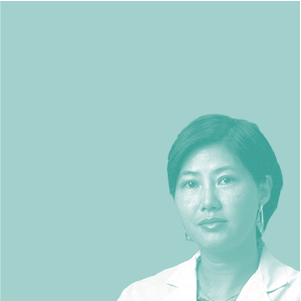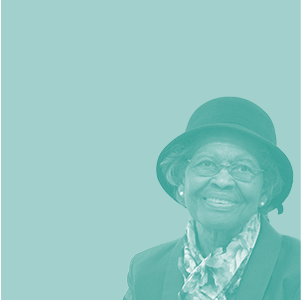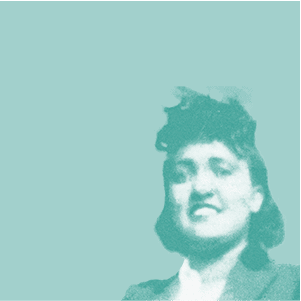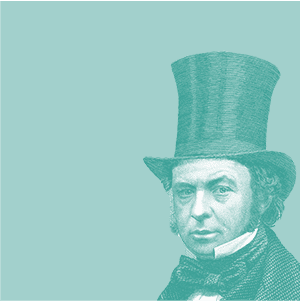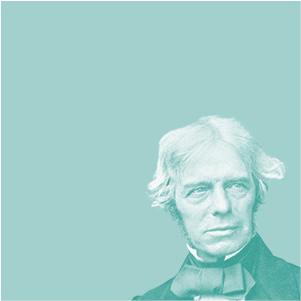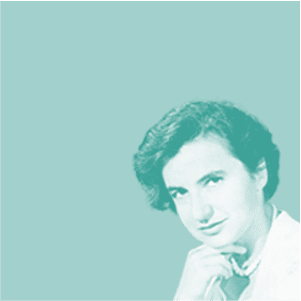Ada Lovelace
10 December 1815 – 27 November 1852
Ada Lovelace, born The Hon. Augusta Ada Byron, was an English mathematician and writer. She was the child of poet Lord Byron and mathematician Lady Byron. Her mother promoted Lovelace’s interest in mathematics and logic, steering her away from her father’s path in the arts, and she pursued her studies diligently throughout her childhood.
Under the mentorship of mathematician and inventor, Charles Babbage, Lovelace was introduced to various mathematical inventions that captivated her imagination. In 1842, she was commissioned to translate a French transcript of one of Babbage’s lectures into English. Adding her own section simply titled ‘Notes’, she went on to write a detailed collection of her own ideas on Babbage’s computing machines that ended up being more extensive than the transcript itself. Within her notes, Lovelace made history as she had written an algorithm for the Analytical Engine to compute Bernoulli numbers. This was the first published algorithm ever specifically tailored for implementation on a computer. It was the first computer program.
The early programming language Ada was named for her, and the second Tuesday in October has become Ada Lovelace Day to honour the contributions of women to science, technology, engineering and mathematics.
